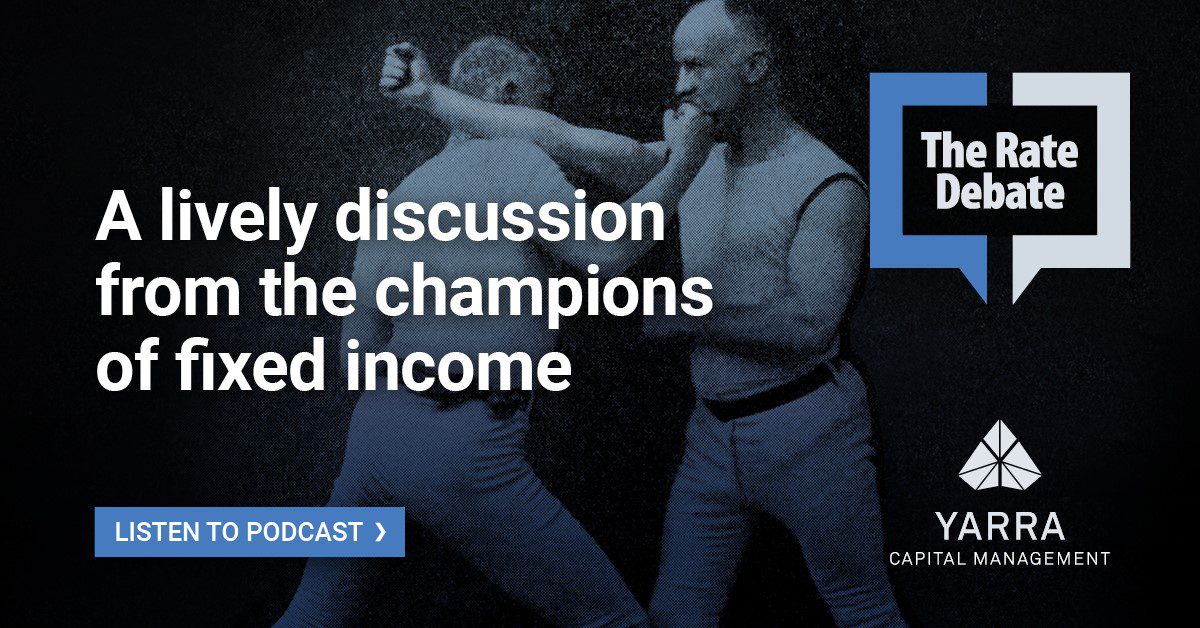The deafening chorus of market commentators declaring an Australian housing bubble, an over-leveraged and troubled consumer and broad-based systemic risk have now become the ‘consensus’ rather than an ‘insight’. It can hardly be a surprise to have seen consumer sentiment roll over….
While it would be naïve to ignore those trumpeting doom, for us there appears to be a clear and striking lack of balance in the debate.
While it is a statement of fact that consumer debt levels have gone up (in both absolute and relative levels), in our view a few simple facts are conveniently being ignored by the majority:
1. Australian Consumer Leverage (Debt vs. Assets) Has Actually Been Going Down (a very important measure for banks)
Or, put another way, asset prices have risen much faster than debt levels. By implication, the security of domestic banks has been improving, with the Australian housing market valued at more than $6 trillion (secured by $1.5 trillion of mortgages).
2. Debt is Concentrated Amongst Higher Income Earners, With A Large Portion of the Build Up In Debt An Investment Decision (Negatively Geared Property) Rather Than A Consumption Decision
Focussing beyond HOW MUCH housing debt and instead delving into WHO is holding it, Australia’s highest two income quintiles hold 75-80% of that debt market and are unsurprisingly the most levered (debt to income). With lower income earners the most sensitive to sudden interest rate shocks, it’s worth flagging that the lowest two Australian income quartiles are now less geared than they were 15 years ago.
3. Mortgage Servicing Below Long Term Levels Leaves A Cushion For ‘When’ Rather Than ‘If’ Rates Move
Despite the intense focus on leverage, Australian household finances are in solid shape overall, with interest payments the same proportion of disposable income as in 1990 and at levels which provide a reasonable buffer for when rates move higher.
As investors it’s always important to avoid jumping at shadows, and the last 20 years have shown that great opportunities are often born out of panic. Housing starts trending back to long term levels (currently at 1.4 times the 10-year average) can’t in any rational way be termed a crash. House prices trending down 1.8% month-over-month (but still up y-o-y) is simply not a collapse and consumer sentiment fractionally below long-term averages does not qualify as despair.
We remain overweight banks and are actively looking at opportunities to buy consumer-related companies, believing neither poor sentiment nor the Amazon threat (at hysterical levels now) should steer us away from investing in quality companies at good prices.





0 Comments